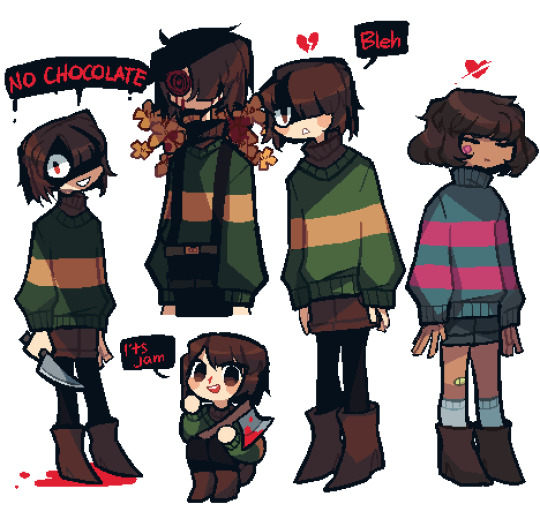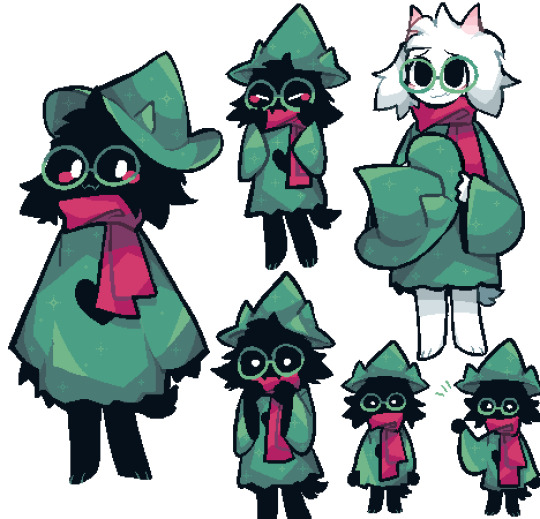Photo
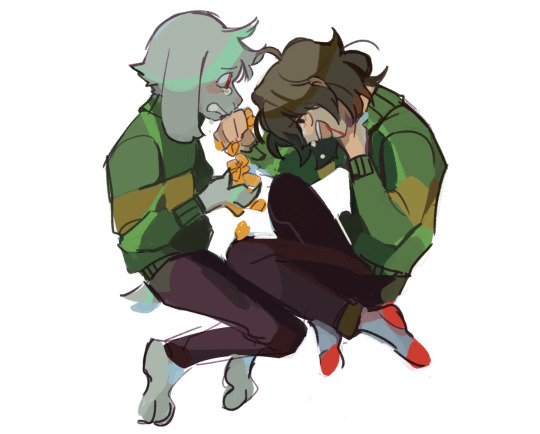
blow all my friendships to sit in hell with you
but we’re the greatest, (they’ll hang us in the louvre)
2K notes
·
View notes
Text
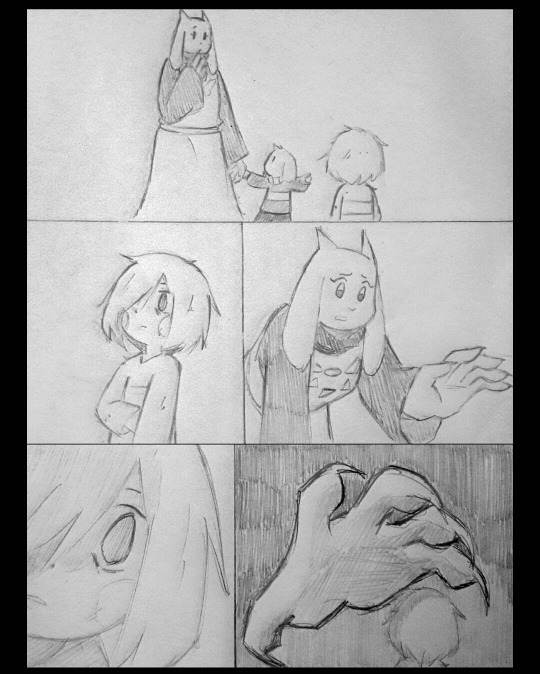
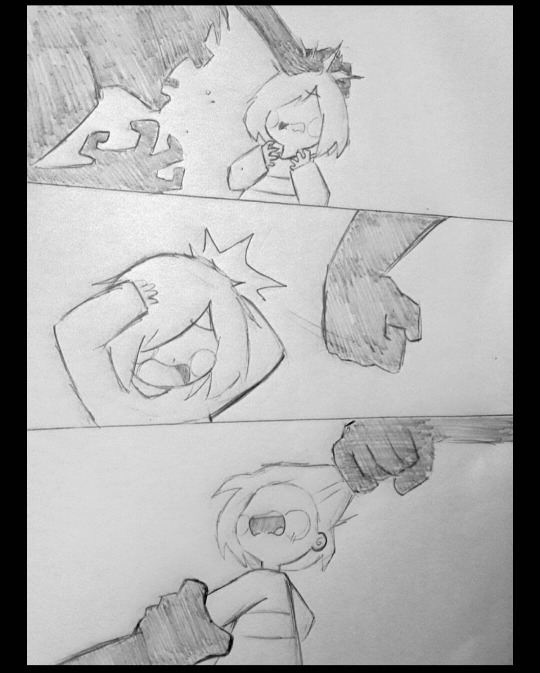
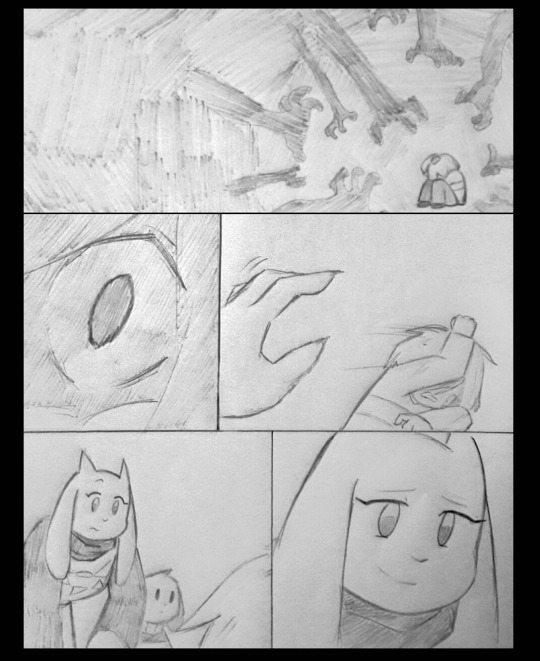
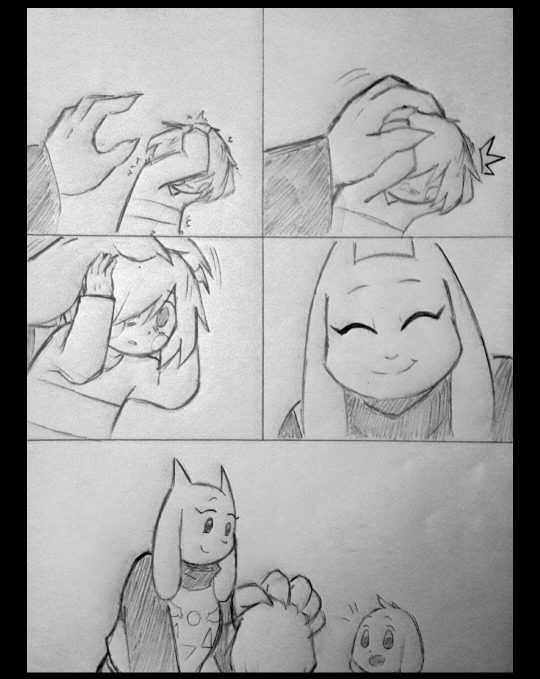
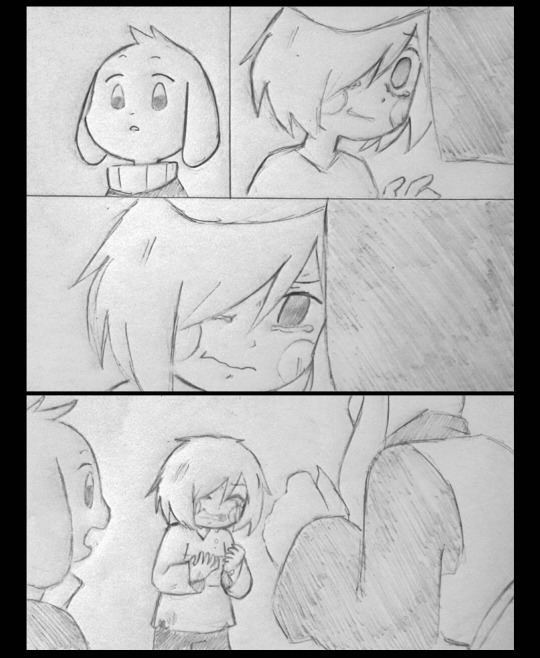
They're scared not because she's a monster, They're scared because she might do the same thing.
They cried not because they're hurt, They cried because finally someone is loving and caring about them.
3K notes
·
View notes
Photo
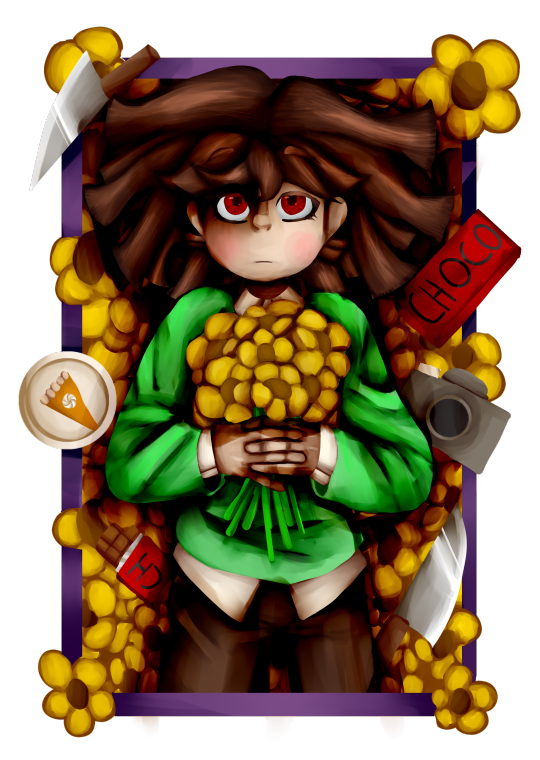
“Chara, huh? That’s a nice name.”
#Undertale#Fictive#Chara#Chara fictive#please no kin or kin tags- I am a Fictive#Painting#Digitial Painting#Art
15 notes
·
View notes
Text

hey I thought Tumblr was supposed to be the stupid website
11K notes
·
View notes
Text
googledocs you are getting awfully uppity for something that can’t differentiate between “its” and “it’s” correctly
197K notes
·
View notes
Text
Review of Joker 2019 by someone with Psychosis
Joker 2019 is a critically acclaimed movie that came out in late 2019, however, I have some problems with how Psychosis was portrayed in the movie. So what was good? What was bad?
The Good-
The movie is strikingly Beautiful. There are several parallels to earlier points, and it gets straight up poster worthy near the end.
It does properly show Anxiety and Depression, and not in a negative light.
Medication is, at first at least, not portrayed as a "fix it all".
It also properly shows how underfunded and mishandled mental health facilities can be.
Also Arthur (The Joker), gets hit by cars three times during the movie. The first one was supposed to be sad, but the other two just felt relieving after all the shit he's pulled.
Now onto the Bad.
First, the Story
From a story perspective, It is never clear if you are supposed to like Arthur or not. Whether you are supposed to agree with him or not. There's not even a specific "His ideas are right but his execution is flawed." Instead, the movie tends to flip flop between him being unlikeable, scary, and wrong, to a victim, sympathetic, and even right. There is no clear logic about how you're supposed to feel about him, and it comes across as a lazy attempt to write a morally grey character.
Secondly, Framing.
Horror Music is often played during the moments where Arthur's psychosis is discussed. This is most noticeable in an early scene where Arthur sees his Therapist, and his Journal is brought up. He doesn't show it right away, and he starts laughing and bouncing his leg. This is clearly setting up the scene to be viewed as a frightening moment for the audience, and the payoff...? Arthur shows his journal and it has a joke about him being suicidal.
Horror music is also played during a clear psychotic break where he starts to have the hallucination/delusion, and his handwriting is messy and erratic.
Horror Music, for the last time, is played during the moment that the delusion is revealed, and Arthur has broken into his "love interest's" house. It is left vague if he killed her or not.
At best, this is a misstep in trying to make him sympathetic by using ill fitting music, or, at worst, this is a clear attempt to make these moments frightening, by use of sound design.
Thirdly, Inaccurate Symptoms.
There is *one* good delusion scene , and it is at the beginning. Arthur has a delusion about him being noticed and of importance to the talk show host of a show he enjoys. It is clear that this is a fantasy, and the delusion is of being important to this host.
The rest of the delusions? Painful to watch in their execution. Mainly the one about his love interest.
The hallucinations are way too clear and human. They speak like a person, they interact like a person, and there isn't any difference between them and the actual person until the end. This is likely done to prevent people from seeing the twist until the end, however, this would have worked better if they made it clear these were fantasies, and not actually happening.
Instead they go the Hallucination route, where she is a Hallucination the whole time. This makes less sense, and is inaccurate to how hallucinations actually work.
Another inaccuracy to these delusions is that they are not distressing. They do not cause Arthur any mental stress, and, if anything, they are shown to be GOOD as long as they last. Delusions are scary as hell to the person experiencing them, but it is instead shown as scary to everyone around them. There is even a scene where the hallucination encourages Arthur's homicidal behavior. Can you get any more stereotypical?
Fourth, Psychosis is used to mean Abusive
His mother is mentally ill with Delusional Psychosis and Narcissistic Personality Disorder. (Slight aside, NPD is a highly stigmatized disorder of it's own, and is often blamed for abuse. In most cases, people with NPD are abuse victims, and are often actually at risk of being manipulated, which makes this worse.) She adopts Arthur, who was abandoned, and, due to her delusions, is unable to prevent her son from being abused. It is important to stress here, she is, at the same time, being physically abused by the same person.
And the movie says?
It's her fault.
First off, if this happened, CPS should have taken Arthur away from BOTH parents, and put him in foster care again.
Secondly, Arthur does not come to this conclusion himself. It is laid out, in hospitalization forms, that it is her fault. And the movie, does not argue against it.
It's supposed to be another nail in Arthur's coffin. Another person who hurt him, and another awful person in the world. In the movie's world, Arthur is not made out to be in the wrong for this, and neither is the hospital, or the police, or the news papers that cover the story as "Woman lets her son be abused".
Yes, neglect, and failure to protect a child is abuse, however, it is wrong to paint a mentally ill abuse victim, as completely responsible. There is no similar consequences for the main abuser, who perpetrated all these crimes against Arthur and his Mom. We do not hear his name, we are not told if he is alive or dead, and we do not even hear if he has been arrested.
Fifth, Mental Illness as demonized, and as a prop.
In the hospital scene where Arthur gets his mom's paperwork, there is a patient writhing, strapped to a bed. The situation is not at all portrayed as wrong, just the patient, who is specifically put there in order to cause unease in the audience.
When Arthur kills his former colleague, he tells him that he is off his meds and he feels great. And then he kills him. This perpetuates the stereotype that Mentally Ill people off their medication, are dangerous. We'll just ignore the horrible side effects Anti-Psychotics have (Especially in the time frame, 1980s, that this is shown in), and just say "Medication good, Unmedicated People Dangerous"
Arthur is also shown as being just seconds away from "snapping" and killing people at any moment. I should not have to explain why showing your mentally ill character like this is a bad thing.
The Psychotic Breaks are always shown as Freeing to Arthur, and dangerous to everyone else. Once again. Not how it works.
There is also the "What do you get when you cross a mentally ill loner with a society that doesn't care" scene, where the punchline is that he shoots the talk show host and says "You get what you fucking deserve"
While this could be an attempt at saying that Mentally Ill people not being taken care of leads to undesirable outcomes, it just ends up coming across as "If we don't treat the mentally ill, they will become violent and kill people"
Then there the whole idea that none of this would have happened if Arthur wasn't given a gun.
Thank you for the blatant scapegoating of Mentally Ill people for murders. We are more likely to be victims than the general populace, and no more likely to commit crimes.
Lastly.
They used a pedophile's music for their most iconic scene, the dance down the stairway that Arthur is often seen walking up in his lowest moments. Even if the Pedophile was not paid royalties for his work in the movie, people who were fans of this scene will seek his music out, and possibly buy it without knowing.
Don't use a pedophile's music in your movie.
In Conclusion
Joker sets out to be a movie about Mental Illness while doing the absolute bare Minimum to actually portray it accurately. Much of this could have been cleared up by research and talking to people affected by the disorder. It fails both as an attempt to make a morally grey character, and in being an accurate portrayal of the mentally ill.
3 out of 100 stars, one star for each time Arthur got hit by a car.
13 notes
·
View notes
Text
Review of Split by an Alter
This is a review of the 2016 Movie Split, which follows three girls as they are kidnapped by a System of 24 alters. So what’s up with it? What’s wrong with it?
First off, The problems with the writing, minus the DID stuff.
First of all, the dad who is going to be taking home the three girls who are our main characters gets knocked out without anyone inside the car noticing. Cars are not that soundproofed.
Plus, apparently this Parking Lot has no cameras as they were not used to locate where the girls went.
The characters often also just sit there and do nothing unless the plot demands it. In the beginning there is a long pause after the main character gets the door slightly open, and then she just stares at the main antagonist as he calmly puts his mask on and sprays a "sleeping drug" on her. They also do nothing as one of them is dragged out by a pedo alter.
We also only ever find out names 12 minutes into the movie. There are three Girls, but we only get two names, Claire and Casey, Casey being our main protagonist of the three. It really doesn't matter as Claire and Marcie (Who I only found the name of out by subtitles 47 minutes into the movie), both end up killed off screen later on in the movie and basically add nothing to the plot.
Throughout the movie we are given glimpses into Casey's past, which basically boils down to sexual trauma and a skill for hunting, which, upon seeing the scars she got from it, convince "The Beast" to leave her alone at the end while spouting that she is "Pure"
The girls end up all split up in different rooms for trying to escape, and what they do really doesn't matter for the plot. Casey calls out through a walkie talkie but that just gets her in trouble, and is only brought up in a throwaway and does nothing for the plot except move her to another room. Once again, Marcie and Claire die and don't contribute anything at all. They might as well have killed them off earlier.
It's also just not scary. There is a lot of build up to "The Beast" however he just ends up being a half naked man who bites people and spouts about people being "pure" and how "only broken individuals can be pure"
Also there's a weirdly placed Hooters Product Placement in the middle of the movie which is very out of place and odd.
Now onto the DID stuff
What it did right-
DID is in fact caused by Childhood Trauma
Inner worlds exist! And alters appearances can be seen in them.
More than one alter can be fronting at a time.
In DID, Alters are often not aware of what other alters in their system have done, but inner communication is still a thing.
Alters may communicate by speaking out loud to one another.
What it got Wrong
DID is not supernatural, it will not make you have super strength. You will not be able to switch clothes extremely fast. You will not run at sonic speeds. You won't be able to survive Gunshot Wounds. You won't be able to crawl on the ceiling. You are still human. It is a Mental Illness, not a Super Power.
The Therapist is an open speaker about DID, however, she is shown as being naive and in the wrong for trying to be sympathetic to all the alters, as some turn out to be "evil".
The Nine Year old alter just says things randomly to appear more child-like, which is not how most children act, and is not really a good representation of how children alters work. They also played him up for horror and had a scene where he kisses Casey on the lips. System Children have the mentality of Children, so putting that out there is disgusting.
Alters can not have different illnesses from other alters. You can't have a single alter with diabetes, or a single alter with OCD. More common is some alters experiencing side effects from meds differently, or experiencing different symptoms of their illnesses, but it is almost never just one alter with a problem, especially a mental illness such as OCD.
You can not switch on command most times. You can trigger a switch with stimuli, but unless you have a Gatekeeper (a alter who can sometimes control switches), that is almost entirely impossible.
There is a heavy emphasis on "Kevin" and protecting "Kevin". This is putting an importance on what some may call the "original". No one alter is more important than the others. All Alters are important to the system in some way.
They use the words "Light" or "Spot" in place of "Front" which could have easily been cleared up in a single google search.
"The Beast" and "The Horde" play into the "evil alter" trope, which is a very harmful and stigmatizing trope, which hurts systems every day. There is no such thing as an "Evil Alter." There may be alters that have internalized abuse, but there are no Evil Alters.
Dennis, one of the Alters, is a sexual predator. In reality, Systems are no more likely to commit any crime than singlets (people who do not have osdd-1 or DID), and are actually more likely to be victims.
You can't "ban" an alter from fronting. Fronting is just something that happens, almost always outside the control of the alters.
Switches are not painful except for headaches. You will not see a system flail and cry in anguish as they switch. In fact, most of the time you will not even notice from the outside that a switch has occurred at all.
Other
OCD is also completely made out to be just wanting things to be neat and clean, which is completely wrong. OCD is a debilitating disorder and should be treated carefully like any other disorder.
In Conclusion:
Split is a harmful movie that perpetuates stereotypes about DID and OSDD-1 and causes more harm than good. It is also not a good horror movie, and as such, has failed in everything it set out for.
29 notes
·
View notes





